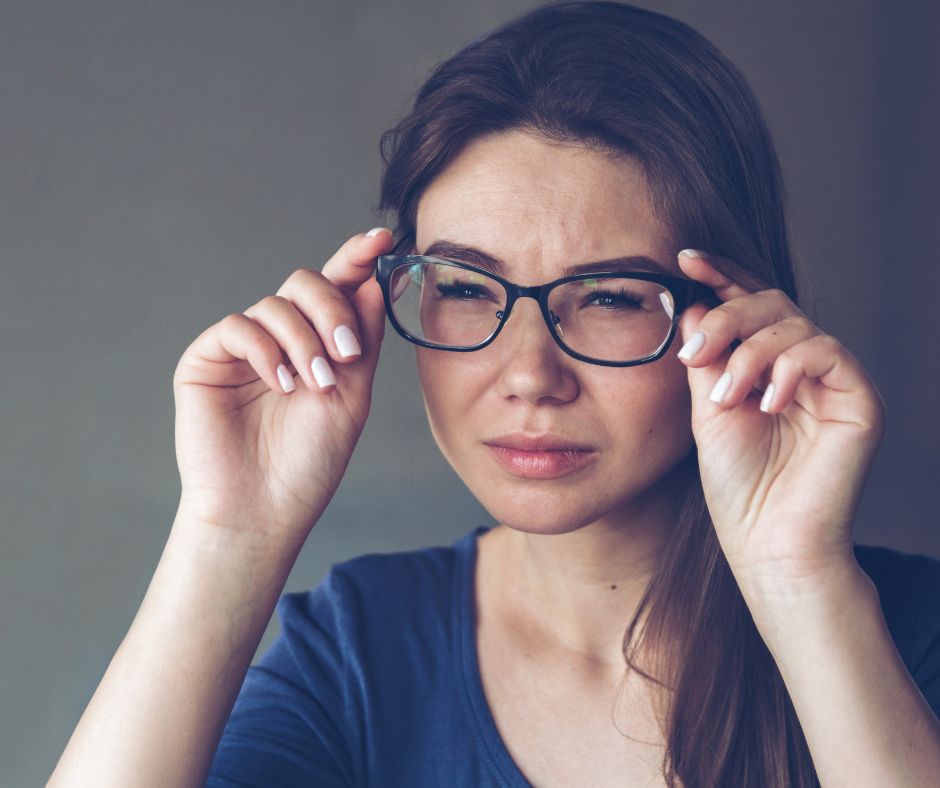
27 Apr Top 5 Ways To Manage Myopia
Looking to take charge of your myopia? Discover these top 5 ways to manage myopia, so you can keep your vision in check. Say goodbye to blurry days and hello to clearer sights with these practical tips. Whether you are tired of constantly adjusting your glasses or fed up with squinting, these methods offer a refreshing contrast to traditional approaches. Don’t settle for blurred lines when you can embrace clear vision ahead.
Understanding Myopia
Myopia, commonly known as nearsightedness, occurs when the eyeball is too long or the cornea is too curved. Genetics play a significant role in its development, with children of myopic parents being more likely to develop it.
Myopia typically progresses during childhood and adolescence due to various factors like excessive near work and limited outdoor activities. As individuals age, the progression tends to slow down but might still continue.
Several risk factors contribute to the development of myopia. These include spending excessive time on close-up tasks like reading or using digital devices, lack of outdoor exposure, and a family history of myopia.
1. Glasses
Glasses are the most common way to manage myopia. They help in improving vision by adjusting the way light enters the eye.
Wearing glasses for myopia can significantly enhance visual clarity, making daily activities such as reading, driving, and watching TV much easier. By correcting the refractive error in the eye, glasses ensure that light focuses correctly on the retina.
Glasses offer a non-invasive and convenient solution for managing nearsightedness. They are suitable for people of all ages and can be customized to individual prescriptions, ensuring optimal vision correction. Regular visits to an optometrist are essential to monitor any changes in vision and update prescriptions accordingly.
2. Soft Contact Lenses
Soft contact lenses are designed to help reduce the progression of myopia by altering how light focuses on the retina. By providing clear vision at varying distances, these lenses offer a more comprehensive solution compared to traditional glasses.
The flexibility and adaptability of soft contact lenses make them a popular choice among individuals seeking comfortable and convenient myopia management options. Unlike glasses, these lenses sit directly on the eye, providing a wider field of vision without any obstructions.
Soft contact lenses also have an aesthetic appeal. For many individuals, the ability to correct myopia without the need for visible eyewear can boost confidence and self-esteem. Especially in social or professional settings where appearances matter, these lenses offer a discreet and seamless way to manage myopia without drawing attention to visual aids.
3. Orthokeratology (Ortho-K)
Orthokeratology, also known as Ortho-K, involves wearing specially designed rigid contact lenses overnight. These lenses work by reshaping the cornea temporarily while you sleep. The process of Ortho-K is non-surgical and aims to flatten the cornea’s curvature. By doing so, it corrects refractive errors like myopia, offering clear vision without the need for glasses or contacts during the day.
Ortho-K is highly effective in managing myopia progression, especially in children and young adults. It slows down the elongation of the eyeball that causes myopia to worsen over time.
With regular use of Ortho-K lenses, individuals can experience reduced dependence on corrective eyewear during waking hours. This treatment option not only provides clear vision but also helps control the advancement of myopia.
Moreover, Ortho-K is particularly beneficial for those involved in sports or professions where wearing glasses or contacts may be inconvenient. The convenience and effectiveness of Orthokeratology make it a preferred choice for many seeking myopia management solutions.
4. Atropine Eye Drops
Atropine eye drops contain a medication called atropine, which is a type of anticholinergic drug. These drops work by dilating the pupil and temporarily paralyzing the eye’s focusing muscles.
Atropine drops are commonly used to manage myopia progression in children. To learn how to prevent myopia progression in children, check out our blog here. By dilating the pupil, atropine drops reduce the eye’s ability to focus on nearby objects, thus relieving strain on the eyes and potentially slowing down myopia development.
When children with myopia use atropine eye drops regularly, they experience reduced eye fatigue and strain. The dilation caused by atropine helps in controlling the elongation of the eyeball, a common factor in myopia progression.
5. Outdoor Time And Lifestyle Changes
Spending more time outdoors, particularly during daylight hours, is crucial for managing myopia effectively. Research shows that individuals who engage in outdoor activities have a lower risk of developing or worsening myopia. Natural light exposure plays a significant role in regulating eye growth and preventing the progression of nearsightedness.
Incorporating lifestyle changes such as reducing screen time and taking frequent breaks while engaging in close-up tasks like reading or using digital devices can also aid in managing myopia. These adjustments help alleviate eye strain and reduce the stress on the eyes, contributing to better overall eye health.
Balancing indoor activities with outdoor pursuits is essential for maintaining good eye health and managing myopia effectively. By alternating between tasks that require close-up focus and those that involve looking into the distance, individuals can give their eyes the necessary breaks to prevent eye fatigue and strain.
These three approaches—Ortho-K, atropine eye drops, and outdoor time/lifestyle changes—are the top 5 ways to manage myopia and slow down its progression as well. However, it’s essential to consult with an eye care professional to determine the most suitable management plan based on individual needs and circumstances.
If you or your child is struggling with myopia, it’s important that you take the proper steps to prevent any further progression of the eye condition. Booking an appointment with an optometrist is the first step to diagnosing and treating an eye condition, like myopia. To book an appointment at Dr D’Orio Eyecare, visit https://drdorioeyecare.com/book-appointment/ or call us at 416-656-2020 for our Toronto location, or 416-661-5555 for our North York location.



